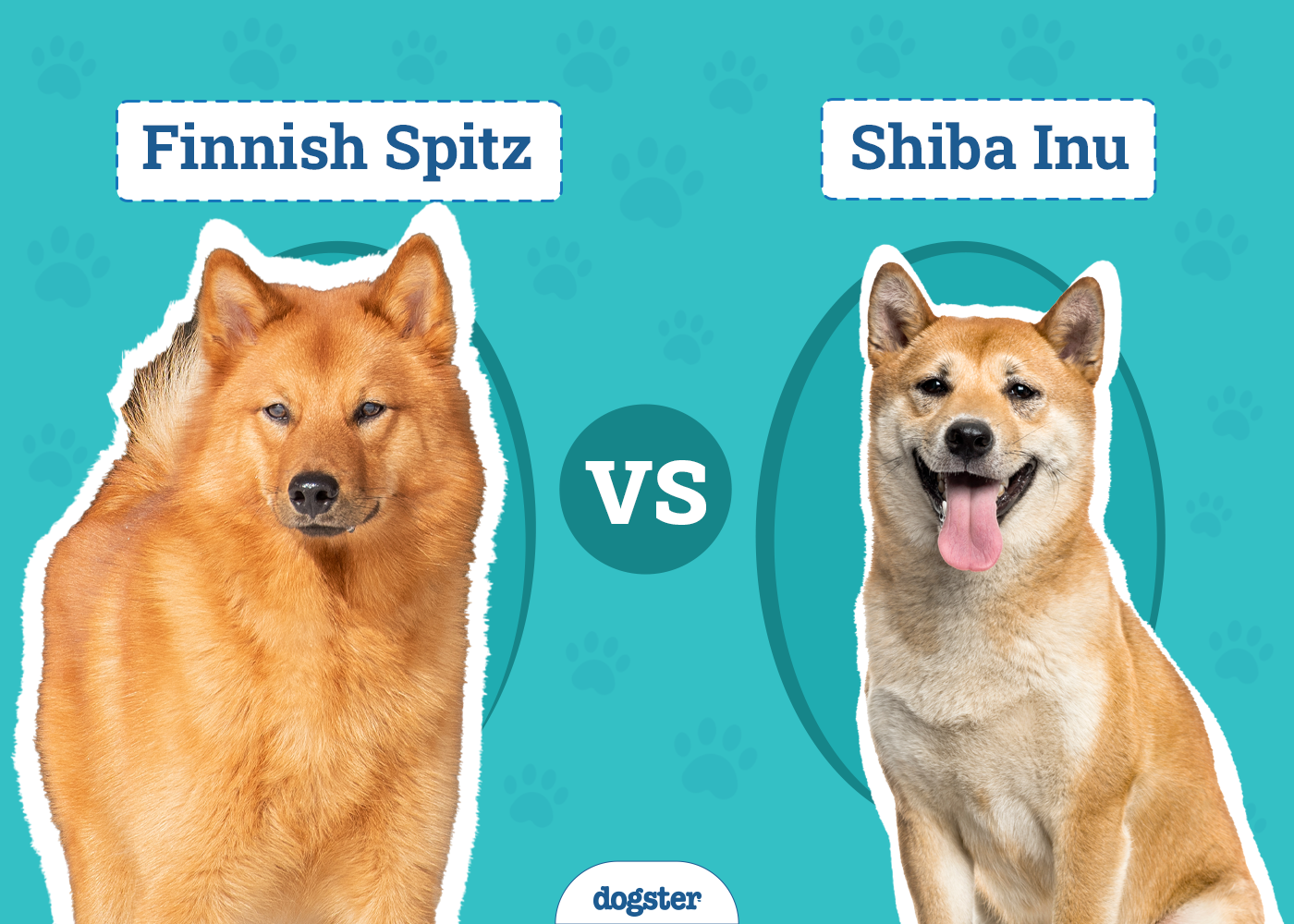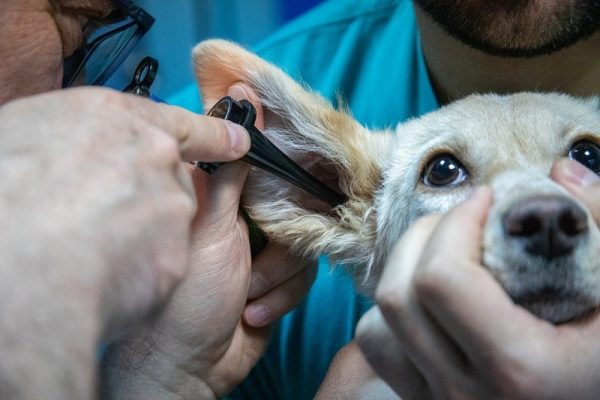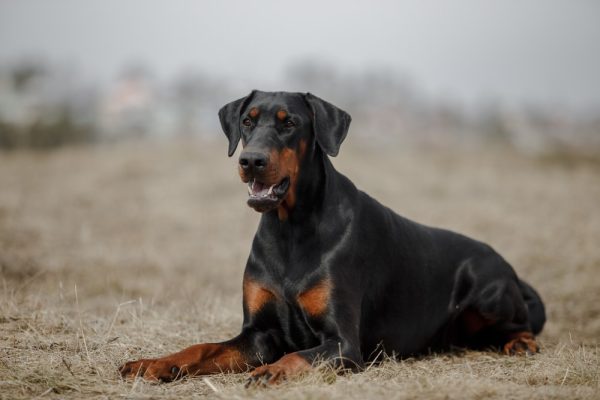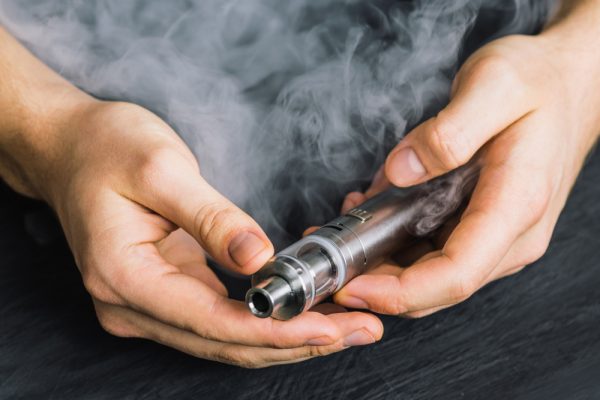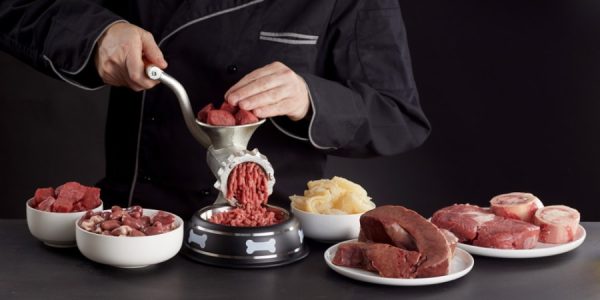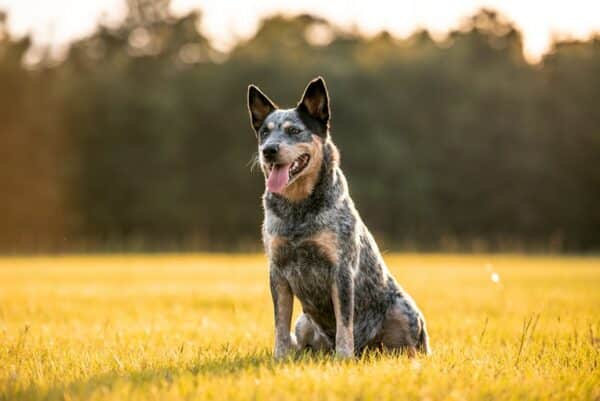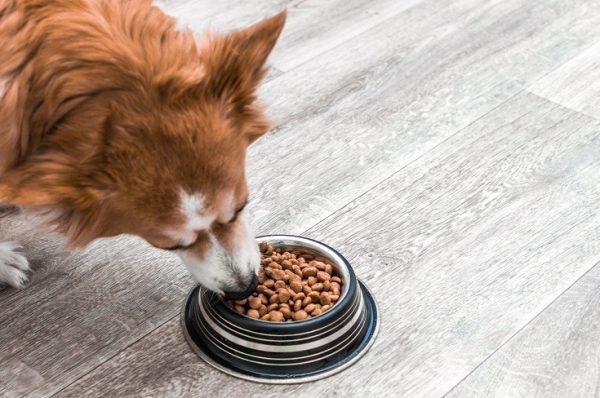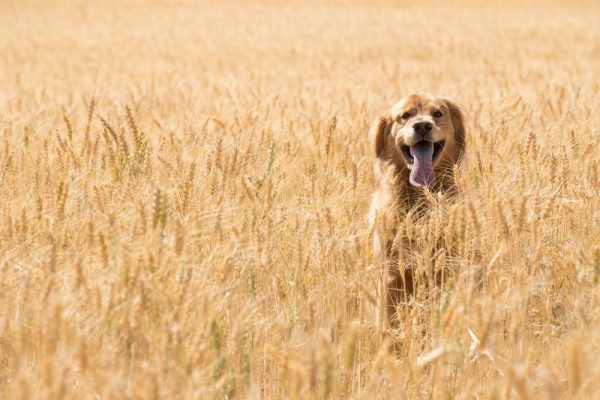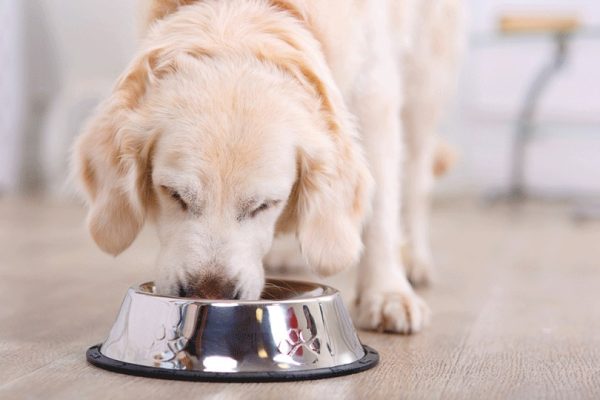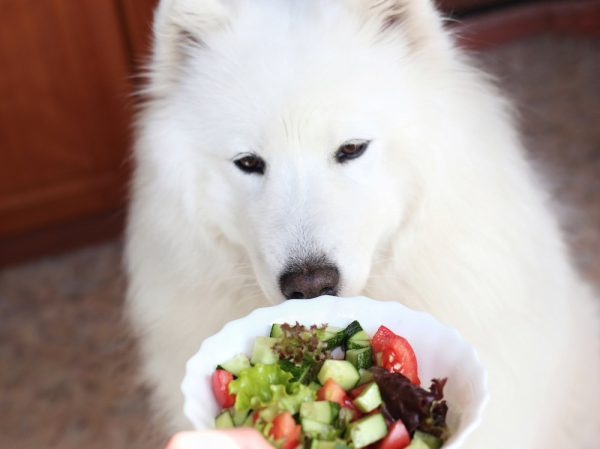In this article
View 3 More +Choosing a dog breed can be a bit of a challenge, considering the number of breeds available. Today, we’ll explore two lesser-known yet fascinating breeds: the Finnish Spitz and the Shiba Inu. Each of these breeds brings a unique personality and appearance to the table, which may make them perfect for your household.

Visual Differences

At a Glance
- Average height (adult): 15–20 inches
- Average weight (adult): 15–29 pounds
- Lifespan: 12–14 years
- Exercise: 30–90+ minutes a day
- Grooming needs: High
- Family-friendly: Yes
- Other pet-friendly: Generally
- Trainability: Loyal, intelligent, eager to please
- Average height (adult): 13–17 inches
- Average weight (adult): 18–22 pounds
- Lifespan: 12–15 years
- Exercise: 1 hour a day
- Grooming needs: Low
- Family-friendly: Yes
- Other pet-friendly: Occasionally
- Trainability: Independent, intelligent, stubborn

Finnish Spitz Overview
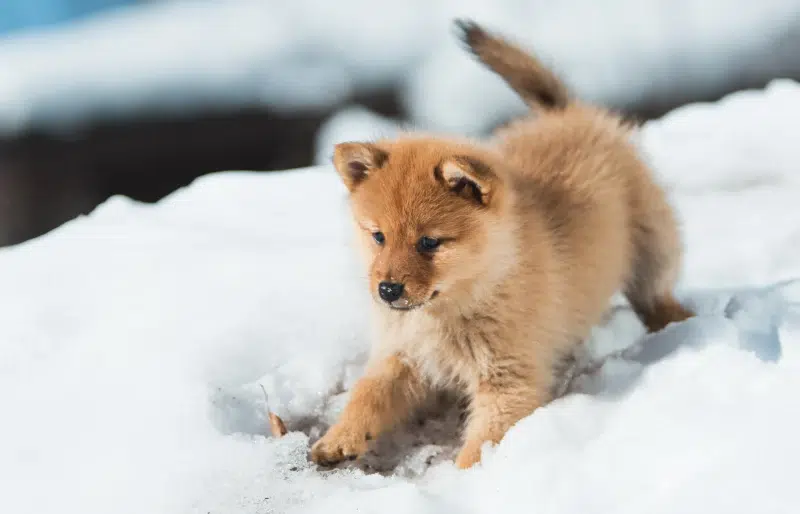
The Finnish Spitz, known as the national dog of Finland, is a lively, friendly, and devoted breed that has been around for centuries.
Personality/Character
Finnish Spitzes are filled with energy and curiosity. Their natural hunting instincts make them vigilant and always ready for an adventure. They’re super loyal and affectionate to their families, and they tend to be independent dogs with a fondness for personal space.
While that might lead you to think they do well alone, that’s typically not the case at all. Being away from their adopted family causes stress and anxiety in most Finnish Spitzes. They’re also known for their extensive array of vocalizations—everything from barks to yelps and howls, all designed to communicate their mood or needs to their owners.
Exercise & Training
Finnish Spitzes need a great deal of exercise to accommodate their high energy levels. And despite their independent nature, they are intelligent and quick learners. That said, they do require consistent and positive reinforcement training methods. Early socialization helps them warm up to new people and environments a lot sooner.
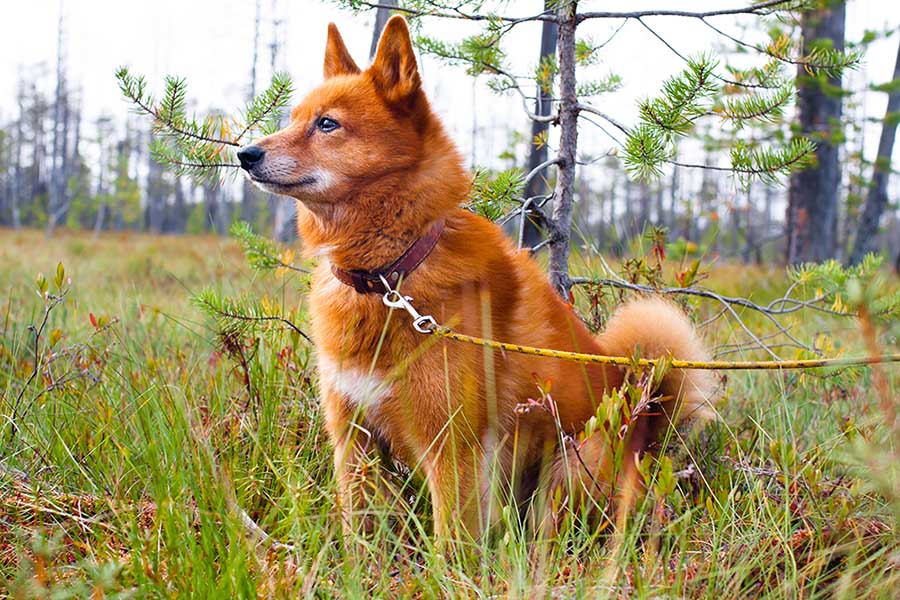
Health & Care
While Finnish Spitzes are generally robust, they can face certain health issues. The breed is susceptible to hip dysplasia, a condition that affects the formation of the hip joint, causing pain and mobility difficulties.
Other possible concerns include cataracts and ear infections due to their ear structure, which can trap dirt and moisture. Regular vet check-ups are crucial to ensuring your Finnish Spitz’s health.
Suitable For:
Finnish Spitzes thrive in households that can match their energy levels. They’re perfect for active families who enjoy outdoor activities and can provide them with plenty of exercise.
Due to their independent nature and unique vocalizations, they may be best suited to homes with plenty of space and fewer neighbors to disturb.
- Energetic and lively
- Loyal and affectionate
- Intelligent and trainable
- Can be noisy
- May need time to warm up to strangers
- Requires regular exercise

Shiba Inu Overview
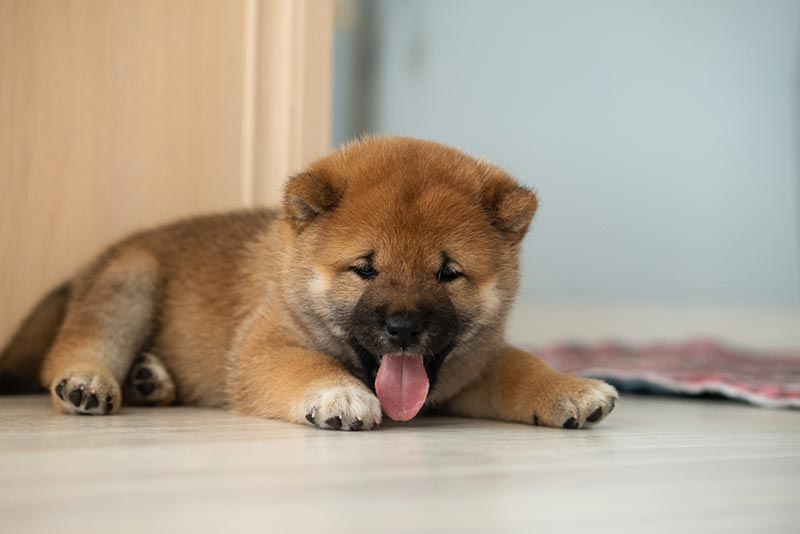
The Shiba Inu, originating from Japan, is a small but agile breed known for its keen intelligence, alertness, and playful character.
Personality/Character
Shiba Inus possess a vibrant personality filled with curiosity and intelligence. They have a strong instinct to explore, which, combined with their unique vocalizations—including the infamous “Shiba scream”—makes them a dynamic addition to any household.
Despite their strong-willed nature, they are incredibly loyal and affectionate toward their families. If you can put up with the vocal attributes of the Shiba Inu, you’ll find it to be an amazing, loving companion.
Exercise & Training
The Shiba Inu breed isn’t as demanding in terms of exercise compared to Finnish Spitzes. However, daily physical activity and mental stimulation are necessary to keep them content. And just a heads up on training, Shiba Inus can be quite stubborn. That means you’ll need to take a consistent, patient, and positive approach.
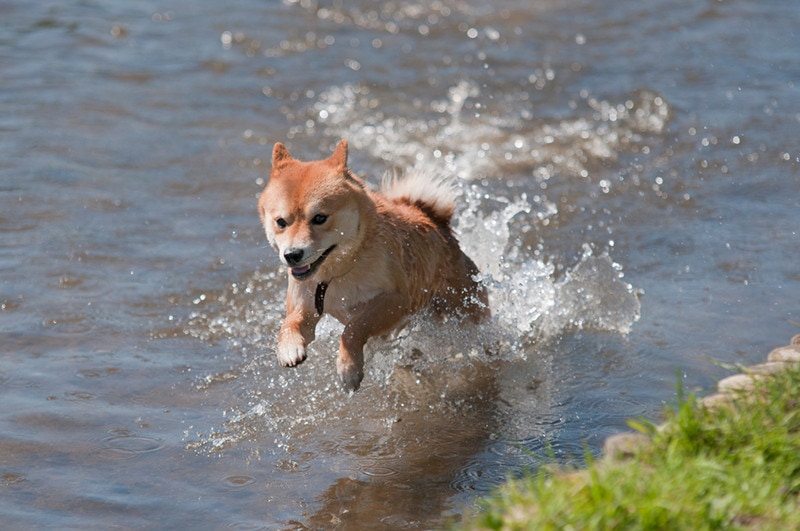
Health & Care
The Shiba Inu breed is generally healthy, with a lifespan of up to 15 years. However, they may face health issues such as hip dysplasia, dental issues, and eye conditions like progressive retinal atrophy and cataracts. Regular vet visits and health check-ups are essential.
Suitable For:
Shiba Inus are well-suited to families who can give them plenty of attention and playtime. Their small size makes them perfect for both apartment living and houses with yards, provided they get enough exercise.
But due to their prey drive and training needs, they might be best suited for families without small pets and with experience in dog training. So be sure to consider these things before adopting.
- Intelligent and curious
- Affectionate and loyal
- Adaptable to various living conditions
- Can be stubborn
- May not be suitable for families with small pets
- Requires consistent, patient training

Comparing the Finnish Spitz and Shiba Inu
The Finnish Spitz and Shiba Inu, though similar in appearance and loyalty to their families, possess unique traits. Both breeds exhibit a foxlike appearance, but the Finnish Spitz is generally larger, and its coat colors are different from the Shiba Inu.
Temperamentally, Finnish Spitzes lean toward independence, while Shiba Inus, though loyal, can be strong-willed and stubborn. Both breeds have distinctive vocalizations and require consistent, positive reinforcement in training.
Finnish Spitzes thrive in homes with ample outdoor space and fewer neighbors due to their vocal nature, while Shiba Inus adapt well to a range of environments, including apartments and homes with yards.
You’ll want to keep these differences in mind as you consider which breed is right for your lifestyle and family needs. If either breed is a good fit, you’re sure to have a loving, loyal companion for life.
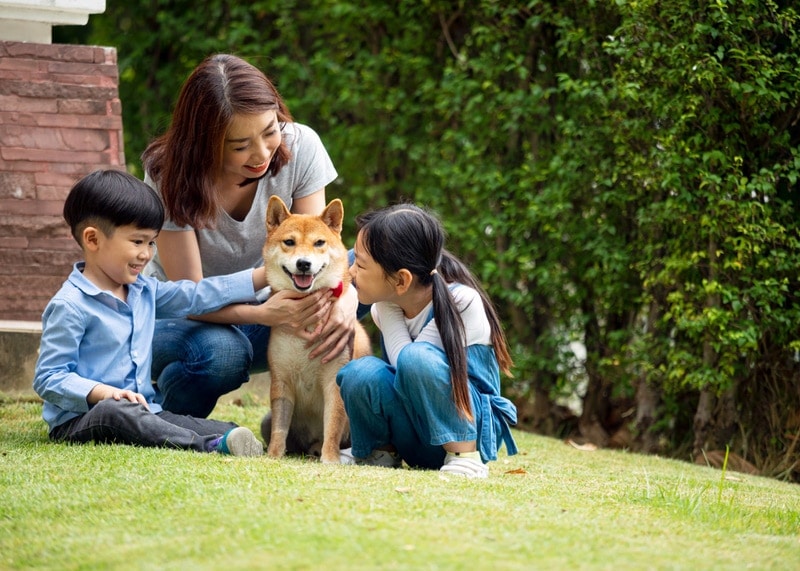

Which Breed Is Right for You?

Choosing between a Finnish Spitz and a Shiba Inu depends on your lifestyle, living conditions, and what you’re looking for in a pet. Both breeds are intelligent, energetic, and loyal, making them excellent companions.
Take into consideration their specific needs and potential health issues, and you’re sure to make a choice that’ll bring joy to your family for years to come.
Related Reads:
- Basenji vs. Shiba Inu: Differences Explained (With Pictures)
- Husky vs. Shiba Inu: Differences Explained (With Pictures)
Featured Image Credit: Top – BMJ, Shutterstock | Bottom – FRA v, Pexels
